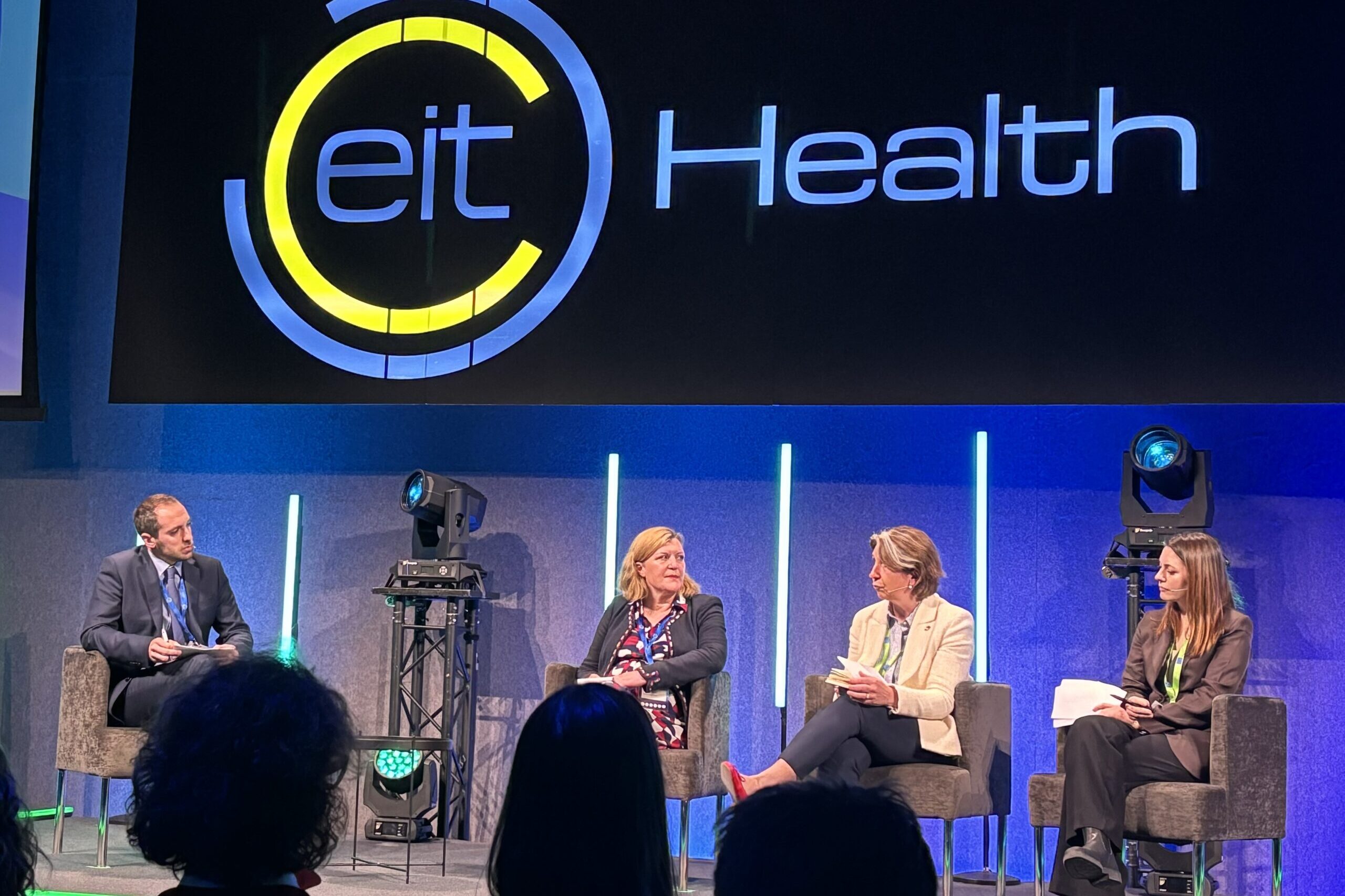27th May 2020
Many symptoms for which patients consult a physician don't lead to a clear-cut diagnosis
Patients often keep on struggling with their problems for years, whereas medical professionals are generally embarrassed to admit they cannot find what’s wrong. An interprofessional eLearning module by University Medical Center Groningen (UMCG) and Technical University of Munich, financed by EIT Health, was developed to deal with this. It teaches healthcare providers the knowledge and skills to recognize and provide patient-centred care for PSS.

The patient is at the centre of the eLearning’s approach. In the present practice, contradictory advice within the medical chain is on the lure. Insecurity about what is the matter leads to unease for the patient as well as the medical professionals.

“There is no doubt these symptoms are real. A belly ache is still a belly ache if you don’t know the cause. And no, the solution is not to label it as ‘mental cause’ when there is no physical diagnosis.”
Judith Rosmalen, professor of Psychosomatic Medicine at UMCG
Everybody has somatic symptoms in the absence of disease, she continues. “But often these vanish over time. It becomes a problem when these symptoms become chronic or severe.” And that, in fact, happens often. The cost of this uncategorised health problem is larger than costs related to depression or diabetes. And although this problem cannot be solved overnight, the eLearning can help to manage it better.
Huge problem
The problem is huge, both on the individual and on the societal level. “Although there are no official registrations, a Dutch study has shown that this problem is second in cost after dementia”, Rosmalen says. “On the individual level there is discomfort between patient and health care professional. The professional fears to be regarded as incompetent, whereas the patient dreads to be seen as a poser. The irony being, that it’s basically a matter of credibility from both sides.”
The eLearning does not claim to offer the solution, Rosmalen states. “It strives to fight prejudice, to promote listening and to optimise the conditions for patient recovery. You don’t have to know the cause to offer a solution; only think of high blood pressure in that respect. For patients with Persistent Somatic Symptoms, strategies to reduce limitations an to cope with them can be important to increase their quality of life. And doctors can learn to accept that sometimes they don’t know the cause and that it’s best to admit that.”
Common language
A patient-centered approach and interprofessional collaboration are two sides of the same medal. Patients often consult multiple medical professionals, for instance general practitioners, medical specialists, physiotherapists, psychologists or occupational physicians, each with their own concepts and languages.
Rosmalen: “It is important to prevent opposing advice coming from different professionals such as ‘you should rest’ against ‘try to work’ and ‘it is physical’ against ‘it is mental’. It is equally important that consistent advice by different professionals doesn’t come across as opposing. Consistent interprofessional insight can contribute to breaking out of a vicious circle. We are therefore very happy that the eLearning has been accredited in various medical fields.”
In demand
The course is modular, with a basic training and advanced trainings for various fields. “We are glad that most of the more than five hundred health care professionals in the Netherlands that have followed the course wish to follow all the modules, in order to gain insight of the other fields outside their own specialisation.”
The German version will be implemented shortly. An international English language version is available for adaptation to other, often hugely varying, national health care systems within Europe. Additional advanced courses, notably on mental healthcare and paediatrics, are upcoming. The approach is practical, with short assignments, films and quizzes. Apart from the initial target of continuing training, medical educations for general practitioners, medical specialists and physiotherapists have already implemented this eLearning.
Patient involvement
The patient perspective was secured in the course by involving patient organisations via the umbrela organisation Pain Alliance Europe. Its president Joop van Griensven comments: “The patient is someone with a complaint and these complaints always have physical, psychological, social and economic elements. We should never forget to be aware of that because these aspects all interact with each other. Education, such as provided in this eLearning, should be the primary target in order to make patient-centered care a real possibility. Always with the aim of improving the quality of life of the individual.”
Added value EIT Health
Apart from the financing, EIT Health had an additional added value for the eLearning. Rosmalen: “EIT brought us into contact with a research group at Ghent University that is active in a parallel field and also developed an eLearning. Together we discussed what the content of our courses should be. We really learned from each other.”
MOWOOT secures over €2M from Next Generation funds

Learn how EIT Health accelerated their journey.
Join the heartbeat of healthtech in Munich this June

Discover the third annual health.tech conference.
Health experts make recommendations on EHDS implementation

Discover our new Think Tank report.